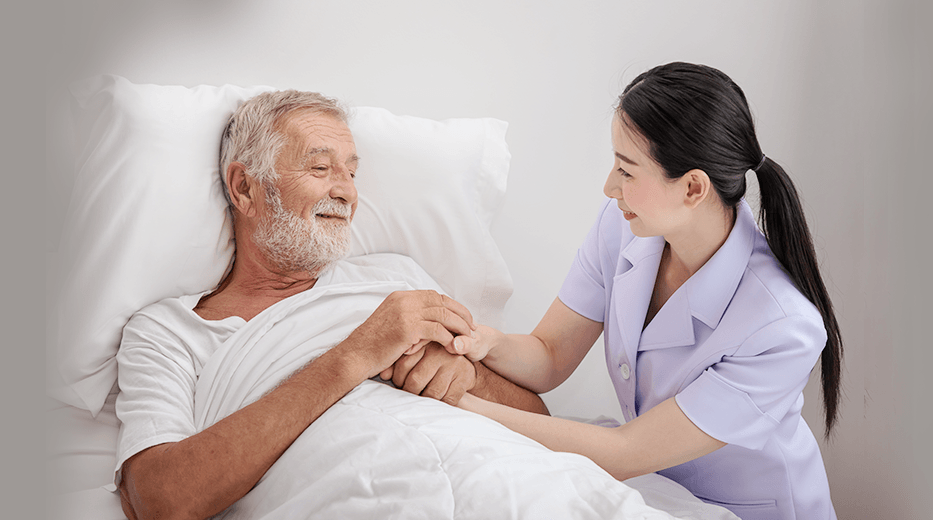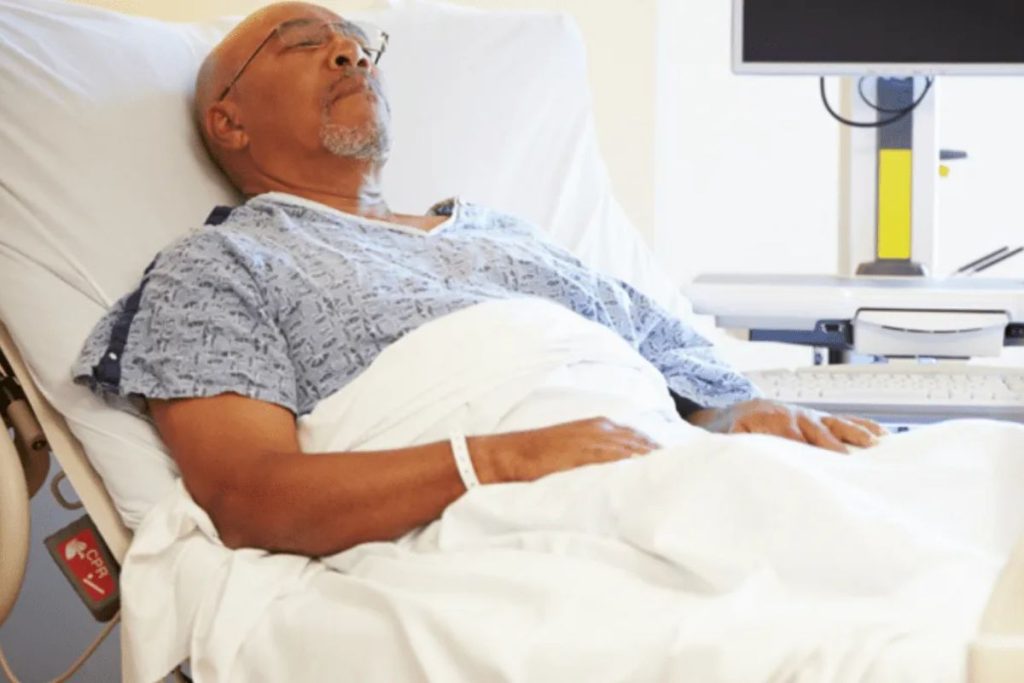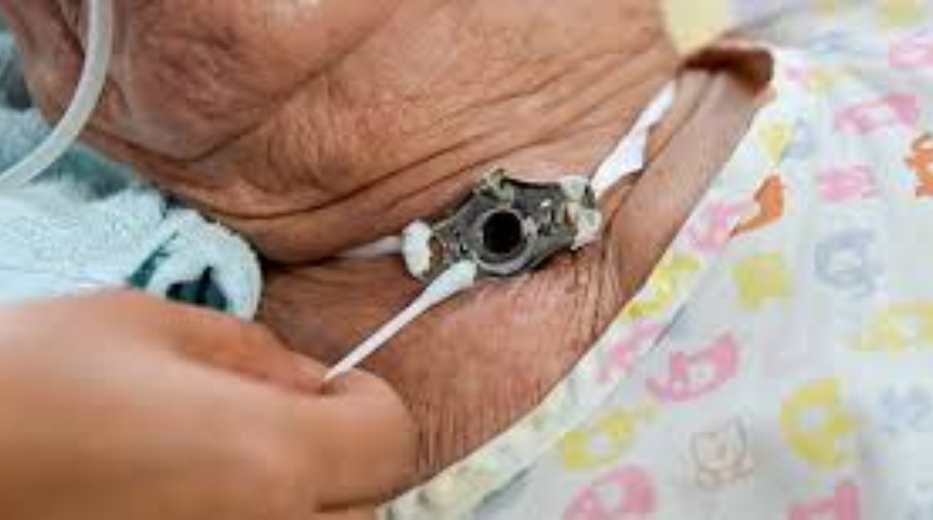At Noble Care Nursing Home in Ampang, we provide a warm, secure, and supportive environment for seniors who need professional assistance. With our dedicated team of caregivers and nurses, we ensure every resident enjoys a comfortable and fulfilling lifestyle while receiving the best care.
Why Choose Us?












